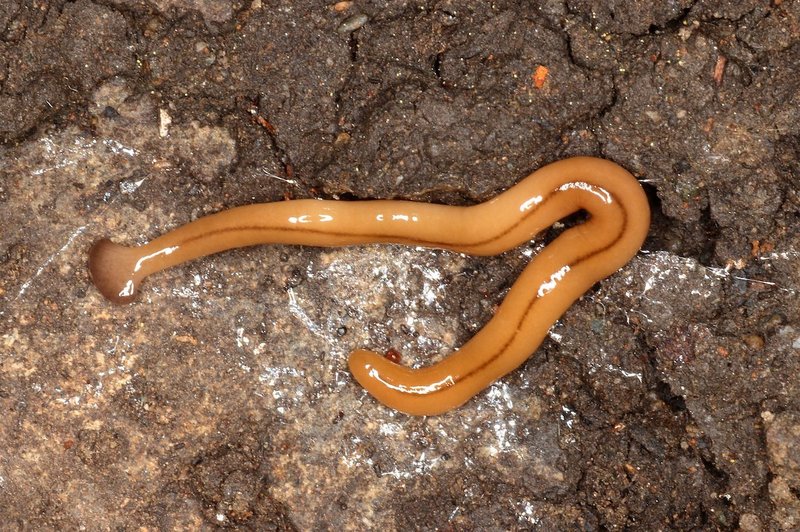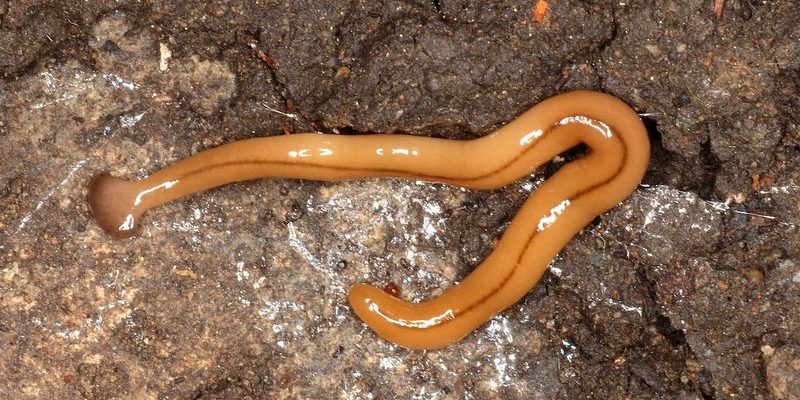
These critters, often called hammerhead worms, are not just a curious sight; they can cause real problems for your plants. Understanding the signs of a hammerhead worm infestation is crucial to keeping your garden healthy and thriving. In this article, we’ll dig into the telltale signs that your garden might be dealing with these unwelcome guests, as well as some strategies to manage and prevent their return.
What Are Hammerhead Worms?
First things first—what exactly are these hammerhead worms? Native to tropical regions, these creatures are known scientifically as *Bipalium* species. They can grow quite long, sometimes reaching up to 12 inches! Their most distinguishing feature is the unique hammer-shaped head, which looks like a miniature flapping banner when they move. You might feel a mix of fascination and disgust seeing one for the first time. Honestly, it’s like witnessing a miniature alien invasion right in your backyard.
Hammerhead worms are predatory, meaning they feed on other organisms in the soil, including earthworms. That’s a problem because earthworms are beneficial for soil health. So, if you see these flat, slippery critters, you might want to start investigating your garden for signs of infestation.
Signs of a Hammerhead Worm Infestation
Recognizing a hammerhead worm infestation isn’t just about spotting the worms themselves. There are several signs that can clue you in that something isn’t right in your garden.
1. The Presence of Hammerhead Worms
The most obvious sign is, well, the worms themselves. If you notice these flat-headed creatures slithering around your garden, you need to take action. They come in various colors, often brown, black, or gray, making them blend in with the soil. Keep an eye out, especially after rain, as they become more active and might venture out to explore new areas.
2. Decreased Earthworm Population
Since they feed on earthworms, one of the more subtle signs of a hammerhead worm issue is a noticeable drop in your earthworm population. You might notice that your soil seems less aerated or that your plants are struggling, which could signal that beneficial earthworms are missing. If you suspect this, consider digging a small area of your garden. If the earthworms are fewer than usual, this could indicate that hammerhead worms are feasting on them.
3. Damage to Plants
Here’s the thing: hammerhead worms may not directly attack your plants, but their presence can lead to healthier gardens becoming less vibrant. Without earthworms, your soil loses essential nutrients, which can result in stunted growth and poor plant health. If your plants are looking lackluster, it’s worth investigating if hammerhead worms have set up camp nearby.
How to Identify Hammerhead Worms
Identifying hammerhead worms is pretty straightforward once you know what to look for.
1. Look for the Hammer Shape
The head of a hammerhead worm is its most distinguishable feature. When you spot one, observe the head shape. It will look broad and flat, resembling the head of a hammer—hence the name.
2. Observe Their Movement
These worms have a unique way of slithering that’s different from typical worms. They move with a wave-like motion, which can look quite alien. If you see a worm moving in this way, chances are it’s a hammerhead.
3. Check for Color Variations
While they mostly come in shades of brown, black, or gray, some species can display blue or greenish hues. If you see these color variations combined with their distinctive movement, you’ve likely identified a hammerhead worm.
Preventing Hammerhead Worm Infestations
Now that you know what to look for, let’s chat about how to keep your garden free from these pesky worms. Prevention is often the easiest strategy you can employ to protect your plants.
1. Promote Healthy Soil
Healthy soil supports a thriving ecosystem of beneficial organisms, including earthworms. To create a rich environment, consider adding organic matter like compost or mulch regularly. This will not only nourish your plants but also encourage earthworms to flourish.
2. Remove Debris
Hammerhead worms love to hide in damp, dark places. By keeping your garden clean and removing debris like fallen leaves and old plant matter, you can discourage them from settling in. Regular tidying can make a big difference.
3. Monitor Your Plants
Keep a close eye on your garden, especially during wet seasons. Check for any signs of hammerhead worms or plant distress. Being proactive means you can catch any potential infestations early before they take hold.
What to Do If You Find Hammerhead Worms
If you spot hammerhead worms in your garden, don’t panic! There are ways to manage the situation effectively.
1. Hand Removal
If you’re comfortable doing so, you can remove these worms by hand (using gloves, of course). Just keep them contained in a sealed bag and dispose of them far away from your garden. This simple action can help reduce their numbers.
2. Natural Predators
Encouraging natural predators can also help deter hammerhead worms. Birds, frogs, and certain insects enjoy making these worms a part of their diet. By creating a welcoming environment for these creatures, you can promote a healthier, more balanced ecosystem in your garden.
3. Avoid Chemical Treatments
You might be tempted to reach for harsh chemicals, but here’s the thing—these can also harm beneficial organisms in your soil. Instead, focus on organic and natural methods to manage pest populations. Your garden will thank you for it in the long run!
Understanding the signs of a hammerhead worm infestation is essential for any gardener. By keeping an eye out for these distinctive worms, monitoring your soil health, and promoting a thriving ecosystem, you can protect your plants and ensure your garden remains a lush paradise. Remember, gardening can sometimes feel like a battle against nature, but with a little knowledge and vigilance, you can keep hammerhead worms at bay and enjoy the fruits of your labor. Happy gardening!

